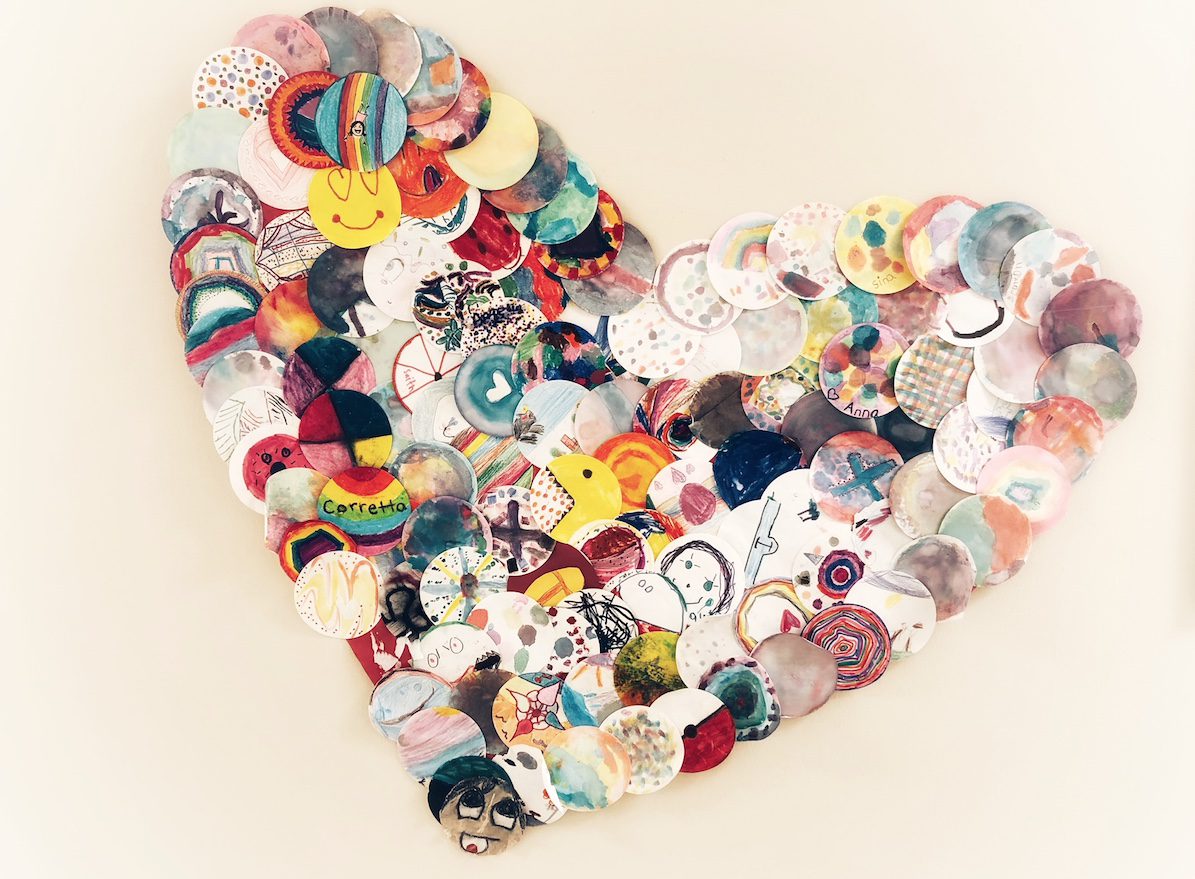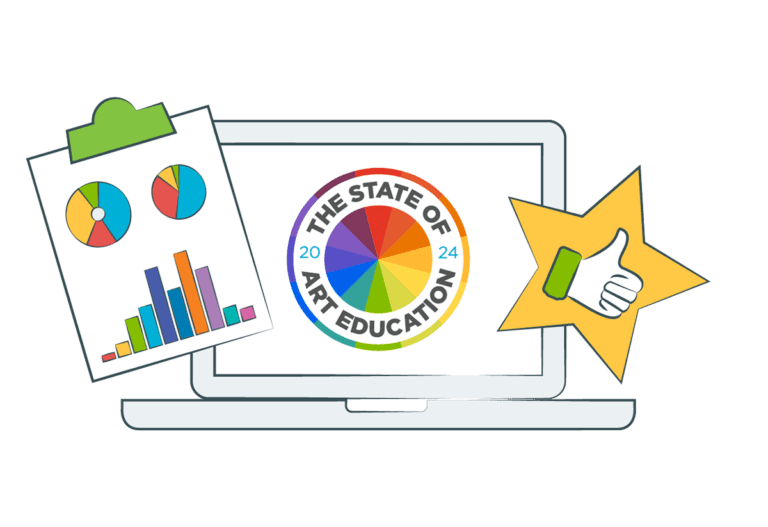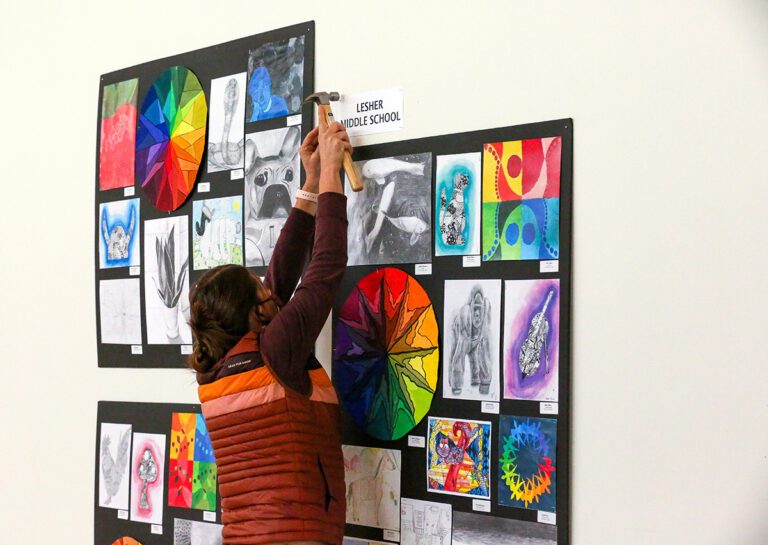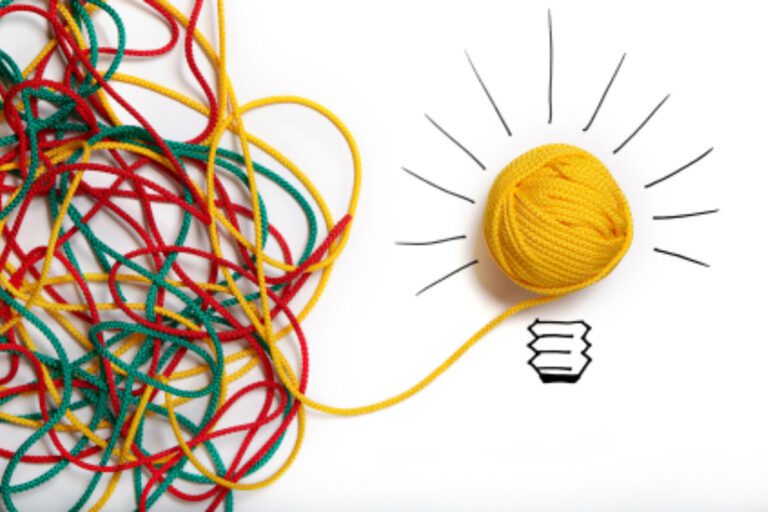One complaint you will often hear from art teachers is how they do not feel as respected or valued as other staff members in the building.
In the study, “Why Do Good Art Teachers Find it Hard to Stay in the Public School System,” Nurit Cohen-Evron states isolation and constant defense of their craft are major challenges causing art teachers to leave public education. Other factors include the lack of job-specific professional development and lack of support.
Echoing this sentiment, forty-three percent of teachers who participated in the 2018 State of Art Education Survey said a lack of respect for the art program is one of the biggest hurdles they face in the art program.
This response comes as no surprise.
You’ve probably heard comments you feel undermine your work.
“I wish I could be the art teacher!”
“You have the best job!”
“Teaching art just seems so FUN!”
While many of us would agree we do have the best job in the world, it is still a lot of work. From assessing and differentiating for hundreds of students to writing curriculum and organizing supplies, it’s no cake walk.
On top of this, art class is often looked at through the lens of plan time.
Have you ever had a teacher drop off a class early or pick them up late because they “really needed their plan time?” Or, have you had an administrator switch your schedule to maximize common plan time for others?
Despite these challenges, being an art teacher is an important job. One amazing thing about the position we’re in is that we can make a large impact on our students and school community.
Here are 10 reasons art is more important than common plan time.
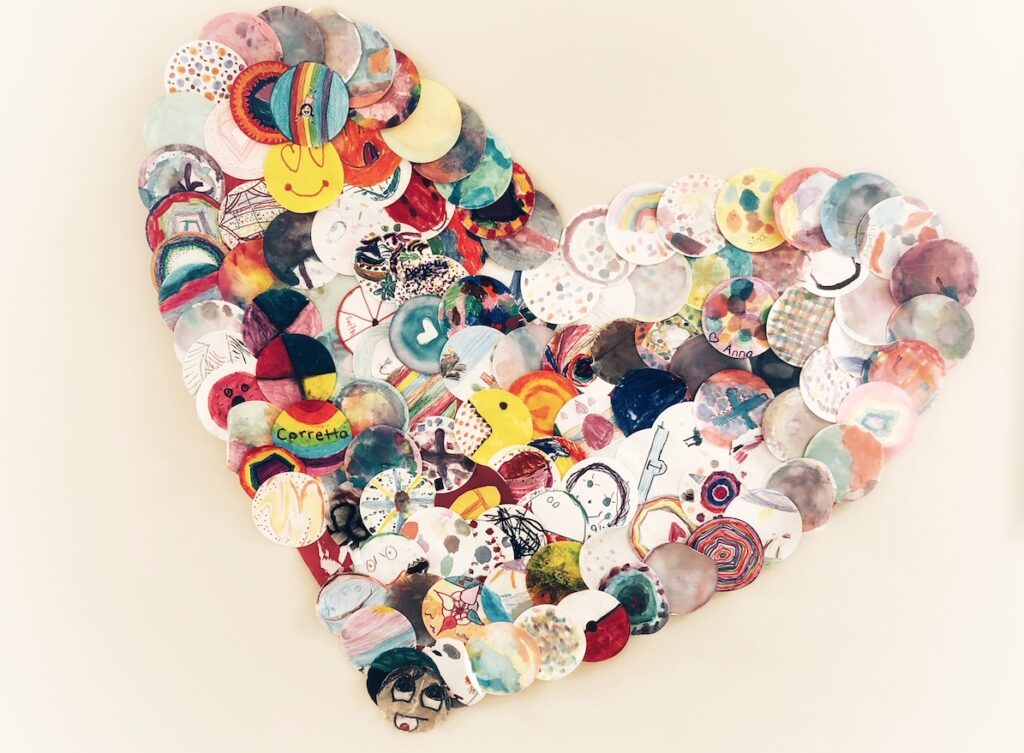
1. Art keeps kids in school.
I have come across many studies demonstrating a correlation between student attendance and schools with art programs. In the article, “School Art Programs: Should They Be Saved?,” Valeriya Metla shares, “Schools with long-standing art programs have higher graduation rates. In many instances, art classes motivate students to stay in school, especially low-achieving students, by fostering closer ties with peers and creating community-oriented environments.”
2. Art prepares students for the future.
Art provides several of the skills top employers need. In the article, “Google finds STEM Skills aren’t the most important skills,” Lou Glazer shares research conducted by Google. “The seven top characteristics of success at Google are all soft skills: being a good coach; communicating and listening well; possessing insights into others (including others different values and points of view); having empathy toward and being supportive of one’s colleagues; being a good critical thinker and problem solver; and being able to make connections across complex ideas.” These are all skills that can be developed in art class and are transferable across many fields.
3. Art impacts the “whole child.”
While art benefits students academically, it also helps with the social-emotional side of students. Art can be a therapeutic practice that calms students. In “Benefits of Art Education Experiences,” Janet Rubin and John Ceschini state, “The arts engage students in ways that other subjects may not, providing ways into learning that compliment learning styles and encourage creative risk-taking.”
4. Art builds leadership.
The art room is a place where students build transferable skills that will help them in and out of school. Communication, collaboration, and responsibility are just a few of those skills. My past article, “How Art Teachers are Helping Build the Next Generation of Leaders” has a printable listing more skills. You could share it in the hallways or school newsletters with your school community.
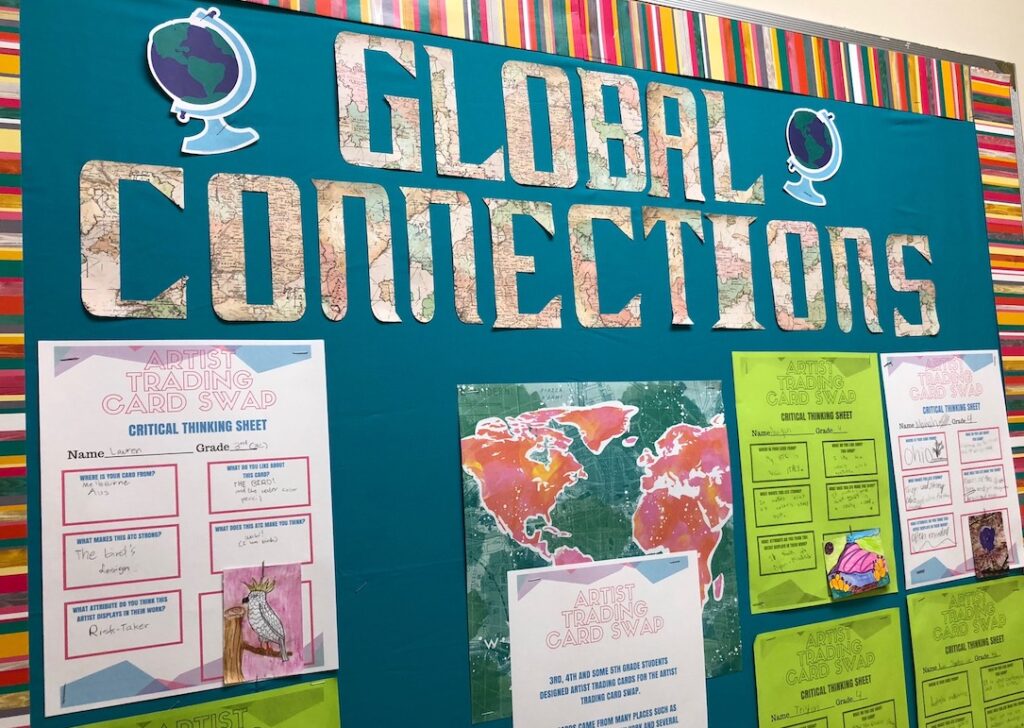
5. Art builds cultural awareness and empathy.
Students begin to understand the world around them on a different level when they go to art. The rich art history as well as emergent events that take place allow for a solid foundation of learning about other cultures. Art in Action reported, “By learning about other people, children are able to develop their ability for empathy, essential in working with people from all walks of life, and realize that we have more in common than not.”
6. Art promotes innovation.
Innovation is tied to creativity which is a key ingredient in the art room. As students create, they explore and innovate. Activist and artist, Mary Lou Cook said, “Creativity is inventing, experimenting, growing, taking risks, breaking rules, making mistakes, and having fun.” I would say that perfectly describes a day in an art class.
7. Art allows for self-expression.
Creating is a beautiful form of putting your mind on paper. Art gives students an opportunity to express themselves and share what is on their mind. This is one of my favorite benefits of art education!
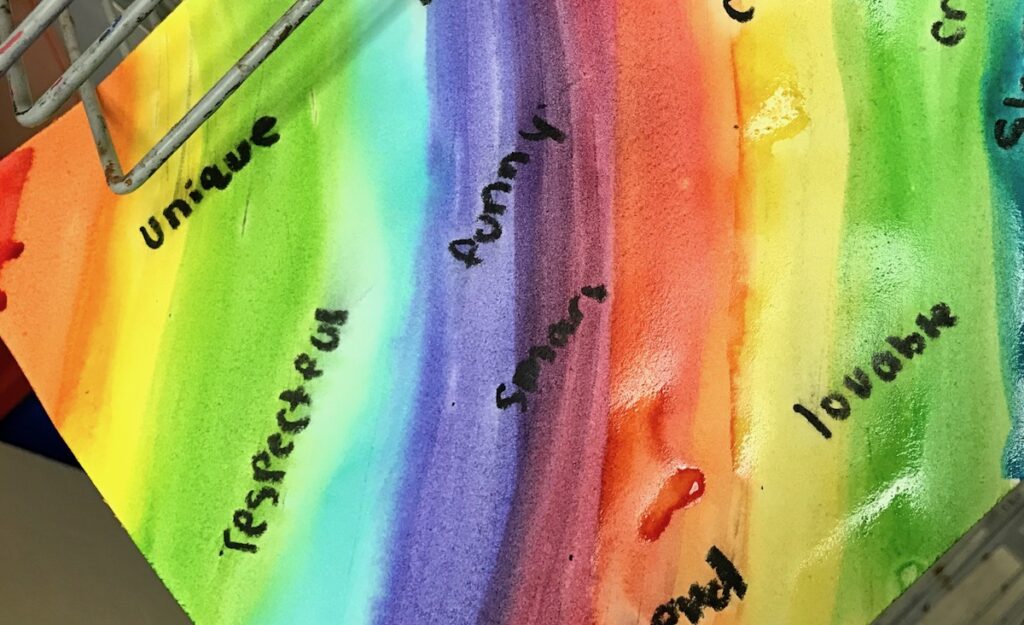
8. Art impacts the entire school culture.
Imagine a school without art displays or opportunities to come together through art. Art teachers foster art appreciation and bring the community together. This can be done through art shows, hallway displays, and other events. The National Art Education Association believes a high-quality art program and visual art educators help to build positive school culture and climate.
9. Art is Fun
Art is fun. It is a place to play, grow, and be happy. Art for art’s sake is just as important as any reports of how art helps with academics. In the article, “When is Creativity? Intrinsic Motivation and Autonomy in Children’s Artmaking,” Diane Jaquith states, “Play is associated with both problem finding and solving: opportunities for play lead to divergent thinking and flexibility (Pitri, 2001; Runco, 2007; Zimmerman, 2009).” Play is an asset to exploration in the art room.
10. Art can help close the educational gap.
The 2011 President’s Committee on the Arts and the Humanities report, “Reinvesting in Arts Education: Winning America’s Future through Creative Schools,” shares that art education strategies help in closing the achievement gap and lower dropout rates. Art is also an area that benefits at-risk students as many feel successful in these classes and gain a connection to their school community as stated in, “Education Reform Must include the Arts” by Marion Herbert.
While some may have a fixed mindset, we can still do our part to show others the importance of art and our role as art educators. A big key is to build relationships with your peers and be sure to advocate for yourself. Advocate by showing student reflections, placing standards by art displays, and adding write-ups near projects in the hall. Art is worth speaking up for!
What is the craziest thing you have heard about being an art teacher?
What do you do to advocate for your career?
Magazine articles and podcasts are opinions of professional education contributors and do not necessarily represent the position of the Art of Education University (AOEU) or its academic offerings. Contributors use terms in the way they are most often talked about in the scope of their educational experiences.
